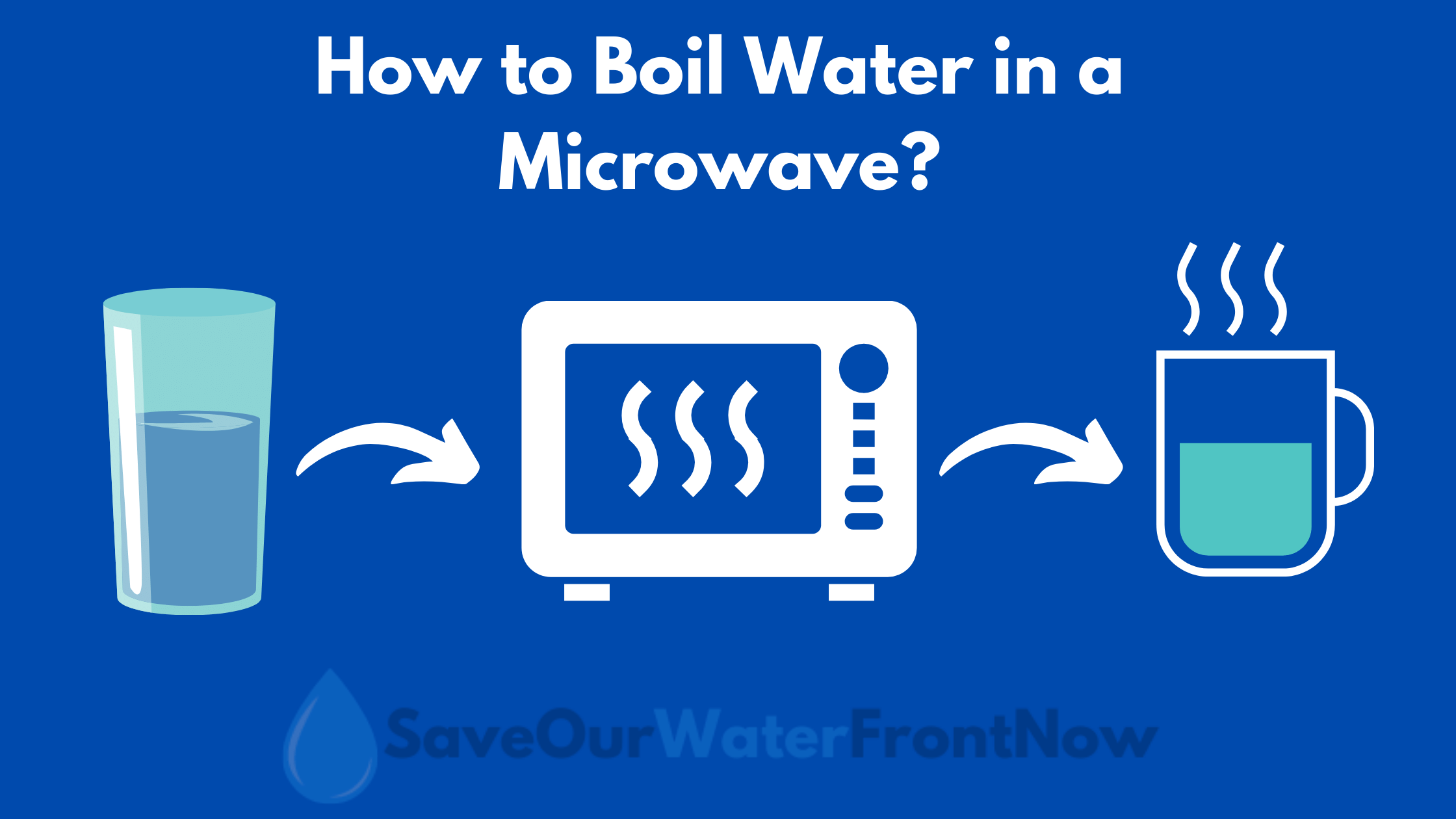The questions around how you can boil water in a microwave are very common. Below you will find a detailed answer.
The microwave has its way of allowing you to get your particular activity done within no time and effortlessly. Being versatile as well as more appropriate, microwaves have won hearts. When compared to using an electric kettle or the kitchen stove to heat water, heating water in the microwave has turned out to be much more convenient.
This is an article written down all for you to help you find your answers to questions about whether you can use the microwave to boil water in it, its safety, etc.
Contents
How to Boil Water in a Microwave?
We have broken the whole procedure into steps for you to understand better. Here are the few steps you will have to follow while trying to boil water in your microwave. The following table will talk to you about the first step which is choosing the right microwave-safe container.
Step 1: Choose a Microwave-Safe Container
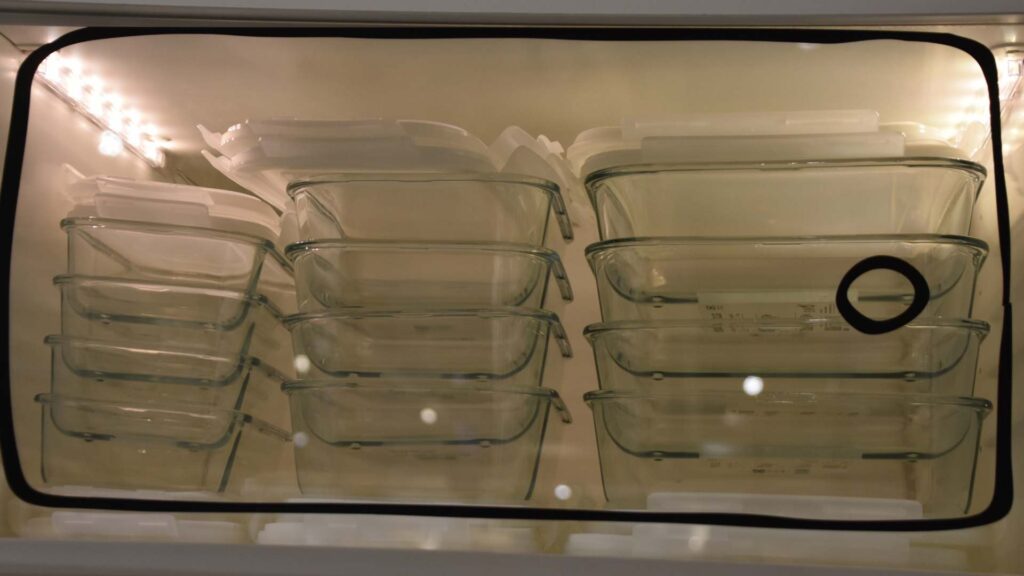
MATERIAL | MICROWAVE SAFE- YES | MICROWAVE SAFE- NO | INFORMATION |
| Paper plates | Yes | – | |
| Ceramic | Yes | – | |
| Glass | Yes | – | |
| Styrofoam | – | No | There are some styrofoam containers that are marked as microwave safe |
| Brown paper bags | – | No | Can catch fire. |
| Containers built for one use (margarine cups, etc) | – | No | Can easily melt or burn. |
| Airtight containers | – | No | Hot steam can build up which will make the containers burst. |
| Plastic (Tupperware containers, etc) | – | No | The various dangerous chemicals present in plastic can combine with food. |
| Most metals (aluminum foil, as well as silverware, included too) | – | No | If you happen to use metal in your microwave it will start a fire due to the sparks it will produce. |
Step 2: Boiling Water Safely
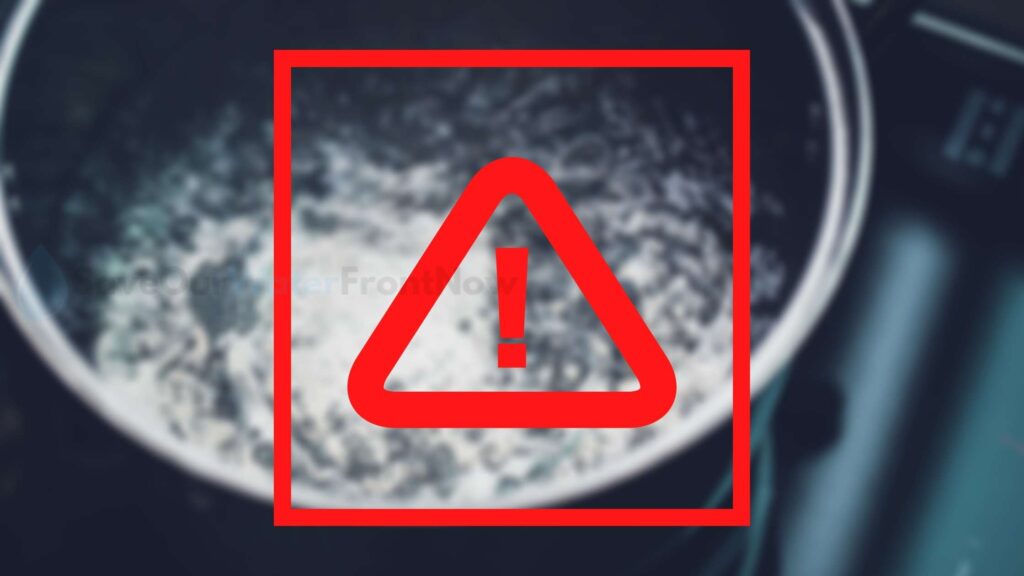
- Make sure you pour the amount of water you want to boil in a microwave-safe container, be it a glass or a bowl. Using the table above you can easily use any of the materials you have at home to use the microwave. Just start off with using a microwave-safe container and then give it the time accordingly.
- Don’t forget to make sure that the container you have kept in the microwave should not be sealed because then steam will build up which can slowly lead to an explosion.
- Place a very clean and microwave-safe object in the water. You’d be wondering now what’s this point going to be about? Don’t worry, let us tell you. The one main disadvantage of using a microwave to boil your water is the term “super-heating”. This happens if you don’t add anything like a wooden spoon to your water. If you have chopsticks at home you can easily use those too. By adding something like a chopstick or a wooden spoon you will be giving the water a platform to form bubbles from. The water needs a rough spot to form bubbles.
- Why does superheating happen? It happens when the water you put in the microwave to boil passes its boiling point without being able to form bubbles. Like mentioned earlier, water in the microwave requires rough spots to form bubbles.
- Put the water in the microwave. When it comes to deciding for how long you should leave the water behind to boil, let us tell you that it should not be for more than one and a half minutes. You have to make sure you boil it in short intervals and keep stirring it regularly until you see the steam. Now the bubbles won’t appear as soon as they appear while boiling water on the kitchen stove, so don’t lose your calm. If you cannot figure out if your water is boiling then the best way to be sure is by using a thermometer.
- If the material of your container is glass or ceramic bowling then you need to be very careful while getting out the container of your microwave. The container is going to be really hot and that’s why it will be most appropriate to use a microwave bowl holder or even a towel to hold the container and then get it out. SAFETY FIRST!!!!!!
- In order to sterilize water continue to boil it. Most people boil the water in their households to say a big fat goodbye to all the microorganisms in it. For that reason, you will have to make sure you boil your water for a good amount of time to eliminate the pollutants completely. The CENTRES FOR DISEASE CONTROL(CDC) say that it is best to boil the water at altitudes 6,562 feet for at least one minute or even three minutes.
Step 3: Make Sure You Avoid Superheating At All Costs!! (YES, MORE TIPS!!!!!)
- Make sure you do not heat the water for really long periods of time. The concept of superheating is really simple and you don’t have to worry at all. If your water has not gone past its boiling point then your water is all fine to consume. To avoid the superheating part from happening all you have to do is make sure you do not let the water in your microwave heat for very long.
- We have an amazing tip ready for you. Firstly, when it comes to superheating everything here depends on the strength of your microwave. The best solution for this problem is to start off with one-minute intervals. And then you can have an idea after your first attempt and continue to boil your water.
- Avoid extremely smooth containers. Just the way we made you aware about adding a wooden element in your water to avoid it from superheating the very same way we are going to make you aware about not using super smooth containers which will cause problems.
- You can use a container that is worn out or maybe even a container that has scratches at its bottom. By using any of these types of containers you will be giving the water a rough spot to form bubbles from.
- You need to carefully and slowly tap the side of the container when it’s done being heated. This is to cross-check if there are any signs of superheating. For safety reasons, make sure you use a long tool or a potholder while doing so.
- If your water is superheated you will know by tapping the side of the container carefully. If it has superheated then after tapping you will notice a slight and sudden burst at the top. This particular activity is going to spill water in the microwave which will be steaming hot. But since you have not removed the container out of the microwave yet you won’t come across any burns. BE VERY CAREFUL!!! YOUR HEALTH MATTERS.
- Make sure you use only a long tool to stir the water in the container while it is in the microwave. If you still are not sure if the water has been superheated or not then do not worry because we have your back!! All you need to do is use a long tool or any stirring stick to stir the water and disturb it. By disturbing the water you will give nucleation sites to form bubbles. If it superheated you will easily know because the water will burst. If it doesn’t then you know the answer already.
*A REMINDER AGAIN DO NOT FORGET TO WEAR A MICROWAVE BOWL HOLDER OR HOLD A TOWEL IN YOUR HAND WHILE PROCEEDING WITH THESE STEPS.*
Dangers That You May Face While Boiling Water In A Microwave
1. Superheating
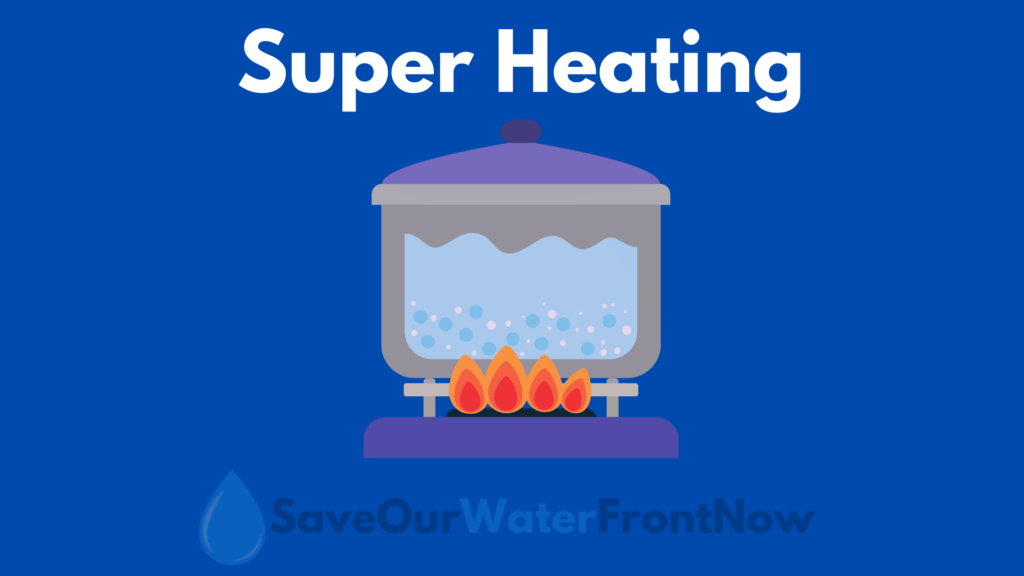
By now you must be already very familiar with what superheating is and why it happens but we will introduce you to the topic again. Superheating happens when the water has passed its boiling point and does not get the chance to form bubbles. Your job is to add an object to the water and give it a rough spot to form bubbles from. This just makes things easier.
Solution: Use a wooden spoon or even a chopstick to avoid your water from superheating.
2. Burns
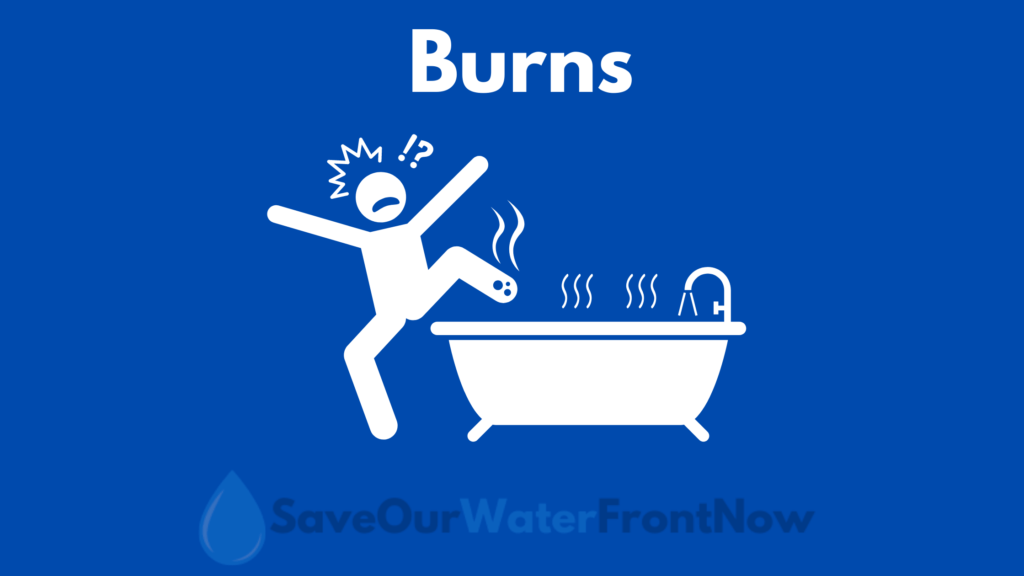
If you are exposed to the hot boiling water or even the hot container by any chance then you will definitely hurt yourself. That’s why we have stressed wearing a protective layer on your skin while associating with the container and water in the microwave.
Solution: In case of any burns, all you need to do is apply something cool on the wound. Then cover it with something moist. It’ll be really good if you can manage to elevate the burn from heat levels. Leave any formed blisters ALONE. Do not try to break them open, it will just worsen the wound.
Conclusion
We hope this article has helped you and provided you with all the answers to your questions. In this article, we have mentioned all the big and small steps you have to follow to boil water in your microwaves. This may sound very easy but without being delicate and careful you will have problems through the procedure. Microwaves can lessen a lot of your work that a gas stove wouldn’t and it also saves a lot of your time so it is best to use microwaves for most of your tasks.
- Warmer water could cool Montana’s trout fishing economy - September 7, 2022
- Water Released from Crystallizing Magma can Trigger Earthquakes in Yellowstone - September 5, 2022
- Thermal Infrared Remote Sensing at Yellowstone 101 - August 29, 2022

